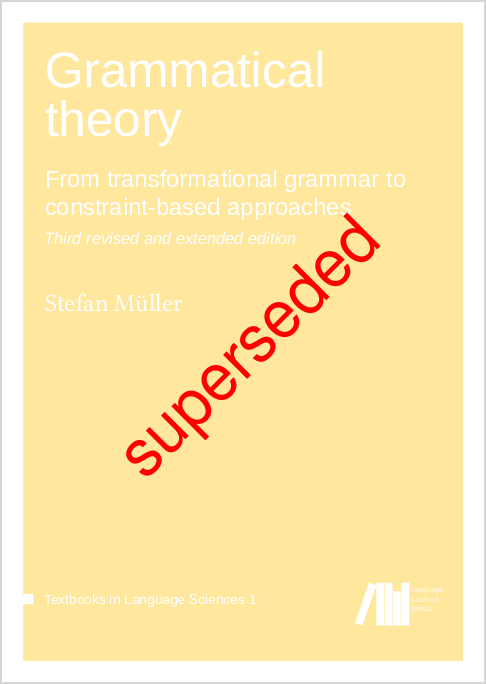

a.ĭetermine the maximum number of subnets required including consideration for future anticipated growth. To determine the appropriate custom subnet mask, typically referred to simply as subnet mask, for a network, you must follow these steps: 1.ĭetermine the number of host bits to be used for subnetting. Because of the 24-bit, 16-bit and 8-bit host fields for class A, B, and C networks, respectively, we have three different tables. Notice too that the tables are different sizes for each class of address. An increase in the number of subnet bits causes a reduction in the number of host bits. Each bit must be either a subnet bit or a host bit. Since we have a fixed number of bits to work with in each class of network address, each bit can be used in only one way-specified by the mask. As the number of subnet bits increases, the number of host bits decreases. Why? Look at the right-hand side of each table. As you go down the table, the number of subnets increases and the number of hosts in each subnet then decreases. Look at the tables for just a minute and notice what happens. These subnet mask tables can make it easier for you to determine which subnet mask to use for any given situation. Routers terminate the link and physical layers, thus stopping problems in one subnet from impacting other subnets. Subnetting helps to reduce the problem by segmenting the network into subnets connected by routers. Problems at the link layer, such as jabbering devices or broadcast/multicast storms, impact scalability of the network. How network devices are configured at the link layer affects how they communicate at that layer. The behaviors of users, applications, and devices are reflected in the traffic flows on the network, and the characteristics of these flows (including their sources and sinks) impact the scalability of the network. The problems are usually related to traffic loads and behavior at the link and physical layers. The term “large” is relative: some networks have problems with a few dozen devices, while others can scale to hundreds of devices without problems. A network in which all devices are addressed with the same network address can have problems scaling to a large number of devices. Masks and Sizes for Subnetting a Class B Network You could subnet this to make a few smaller networks as with the default mask you have 18,446,744,073,709,551,616 possible addresses on one IPv6 network.įigure 6.7.
255 255 255 64 bits#
So for a Class A it would be /8, for Class B it would be /16, and finally for a Class C it would be /24.įor IPv6 the default subnet mask is /64 (the first 64 bits are the network portion). Dotted decimal is shown in Table 1.8, the binary notation for a Class A default mask would look like 11111111.00000000.00000000.00000000 and finally the CIDR notation uses a slash/then the number of bits that need to be turned on in the mask. There are currently three ways of showing the subnet masks for IPv4 addresses you can show them in dotted decimal, binary, or classless interdomain routing (CIDR). In IPv4 there are three default subnet masks corresponding to the three classes of IP addresses (as illustrated earlier).

The subnet mask is used in IPv4 and IPv6 to show what part of the address is the network portion and what part of the address is the host portion. Luigi DiGrande, in Cisco CCNA/CCENT Exam 640-802, 640-822, 640-816 Preparation Kit, 2009 Subnet Mask


 0 kommentar(er)
0 kommentar(er)
